Ivan Katz
Advisor: Eduardo Aquino
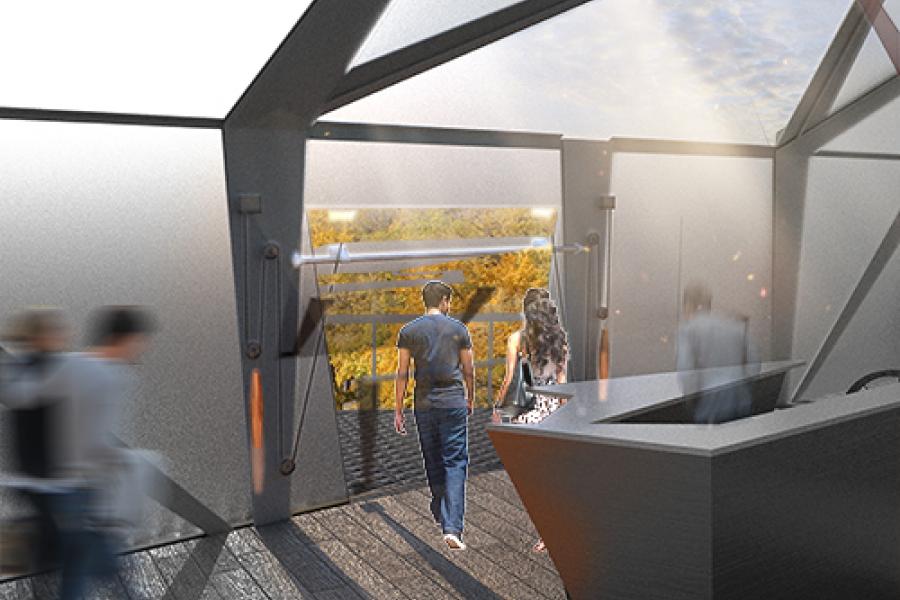
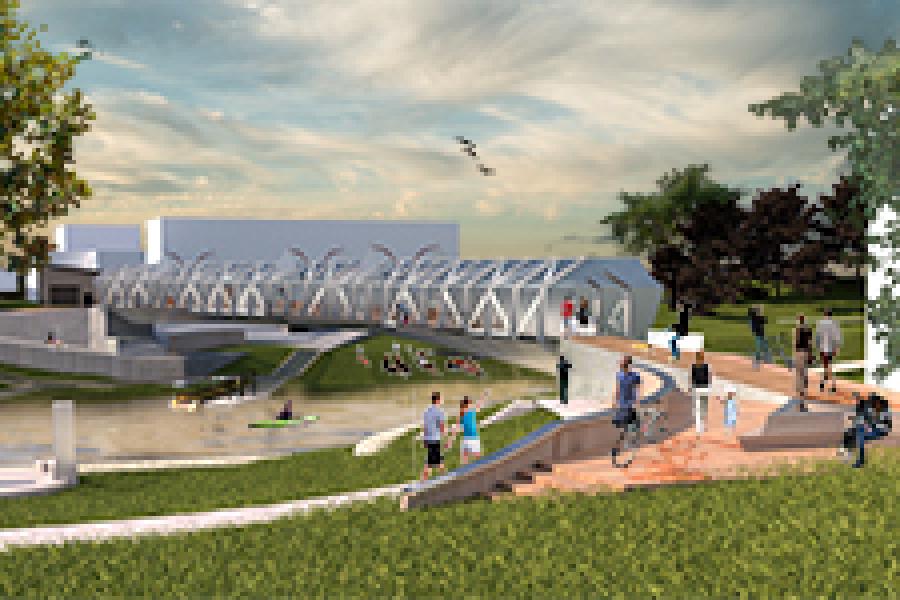
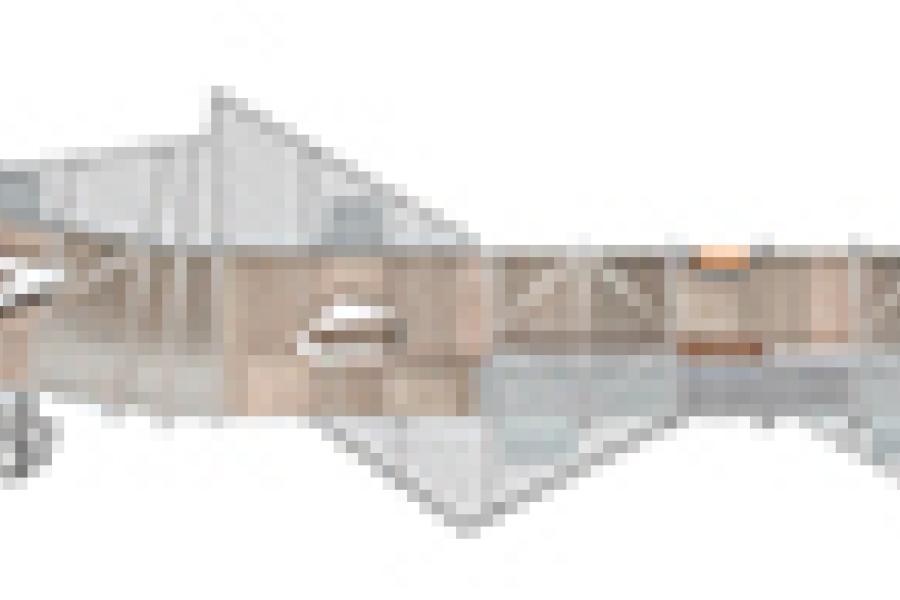
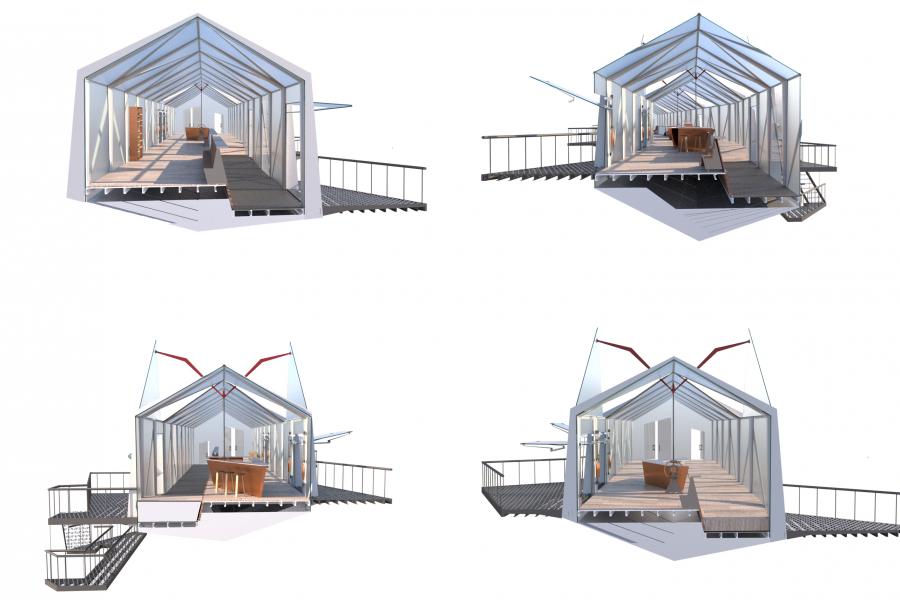
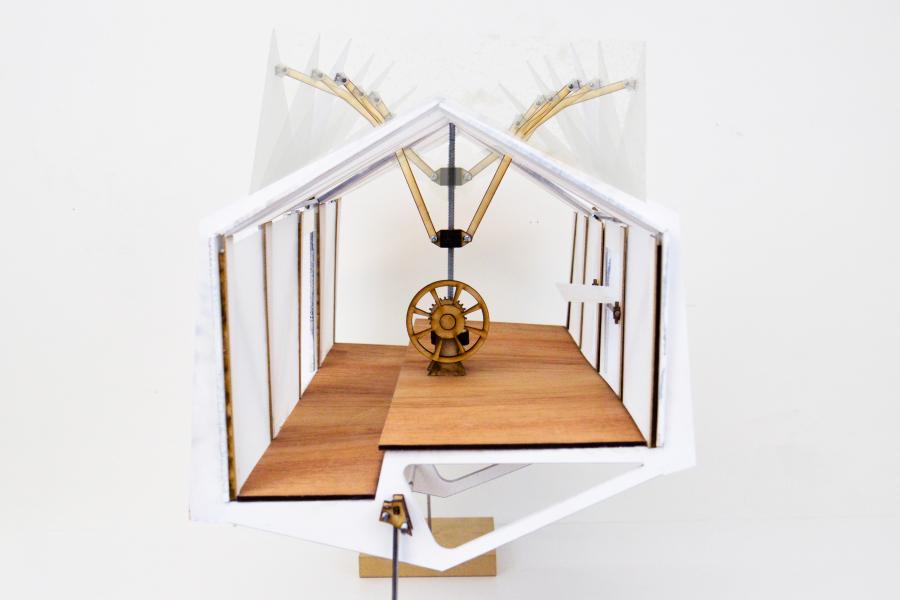
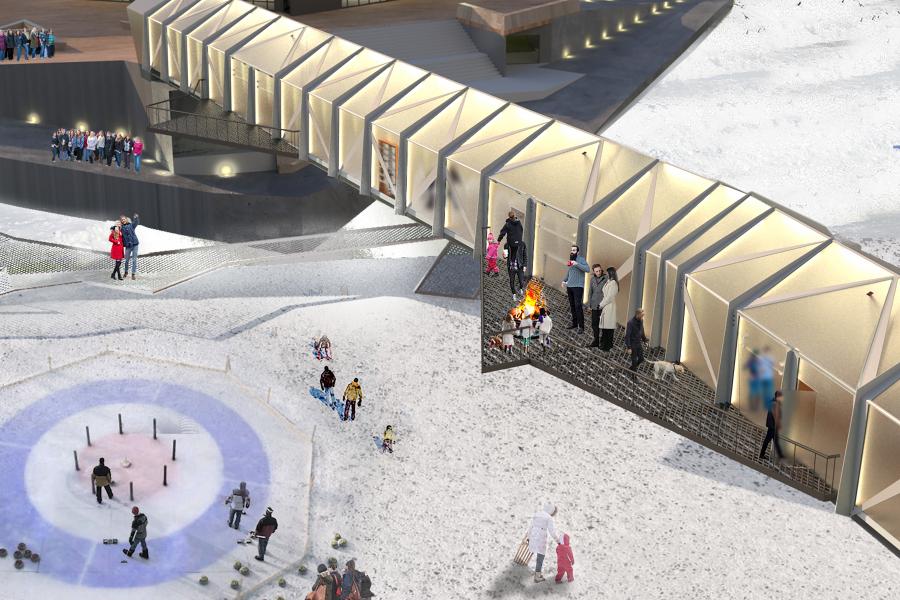
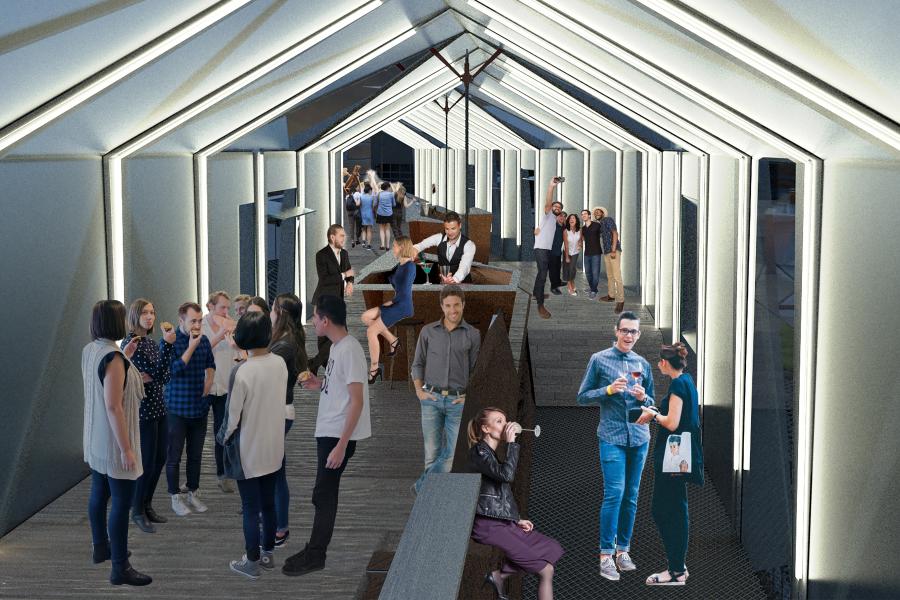
A Vibrant City: Architecture as a Catalyst for Social Interactions
Winnipeg’s design identity is largely a result of neo-liberal economic policies, low population density, and a sprawling suburbia. In the absence of a well-articulated and site-specific set of design values, Winnipeg brought forth an aesthetic of indifference, externalizing design decisions to economic factors and code regulations, ultimately affecting the ability of architecture to help create a vibrant city.
Vibrancy is the spontaneous emergence of social interactions. It is the moment in time when the personal and social align harmoniously with the environment, manifesting itself in both the subjective and objective domains. Vibrancy is the physical, existential, and tactile reaction to an urban environment that produces personal and collective meaning. Vibrancy is the tension between the order architecture creates and chaos of the social world. This thesis investigates how architecture can become the infrastructure for vibrancy by catalysing social interactions. It will do so by exploring the relation between object and subject, as well as the nature of formal and informal interactions, as a place where meaning manifests itself.
My research will be geared towards identifying a new urban paradigm which will address how people move thorough the city by creating urban vibrancy through the use of architecture. Is it possible to create a new urban form for the city of Winnipeg that generates vibrancy? Can architecture contribute to the spontaneous emergence of social interactions by redefining the boundary between public and private space? And lastly, can our notions of formal and informal interactions be challenged to create a space which is identifiably more ‘Winnipeg’?
A bridge, formally, is a piece of infrastructure. It connects two disconnected conditions, and it is, by nature, public. As it crosses the Assiniboine River, also one of the oldest and most public places in the city, it creates a vertical relationship of public spaces. To enclose or give form to a bridge is to specialize it so it can be inhabited, while maintaining the notion that it is public. Its ability to transform as it opens and closes, begins to erase the edges between inside and outside bringing people to the outdoors, where they feel the most vulnerable to unpredictability. The key here is that people are provided with some formal enclosure to give stability and comfort, maybe a sense of place and order, but are juxtaposed to the chaos of the public world.
The implication that the built environment can profoundly affect our mood, long term happiness and social life, is one of responsibility in the hands of architects. Place making is about staying, not passing through. Can vibrancy justify the relevance of architecture in the city as an essential part of social life? What is the extent that the built form affords people with actions and modulates culture? Can architecture change the way people live in cities?
